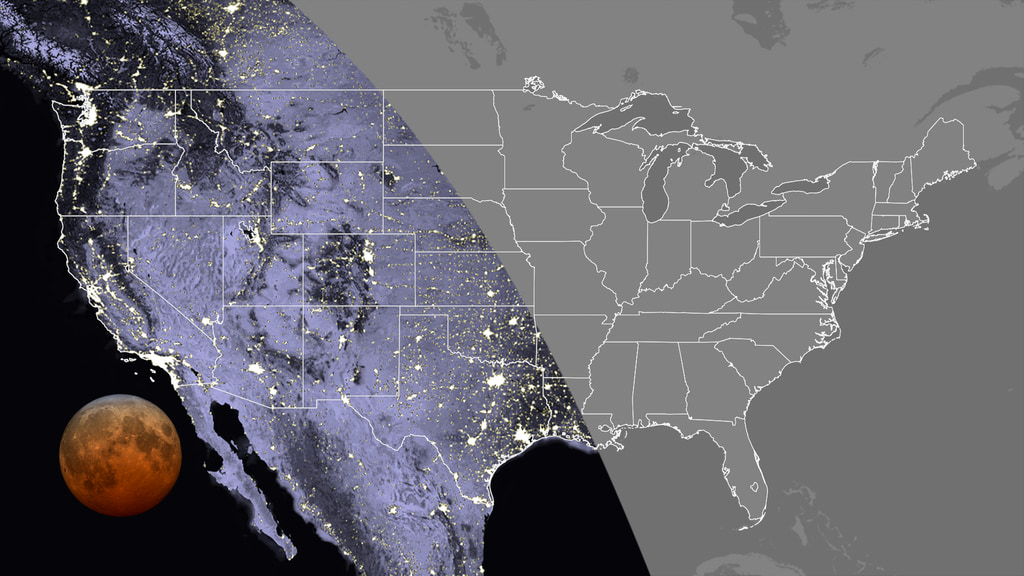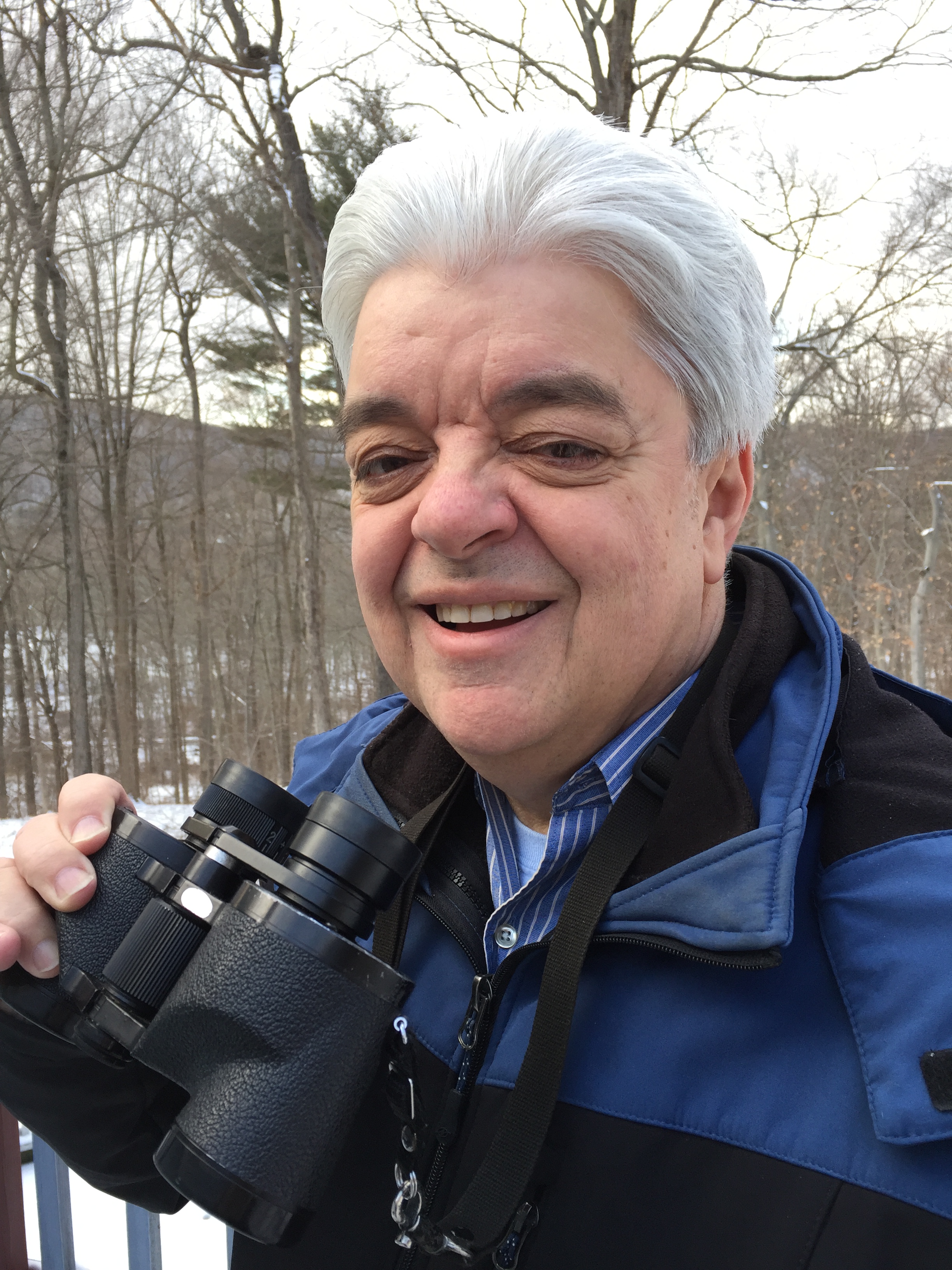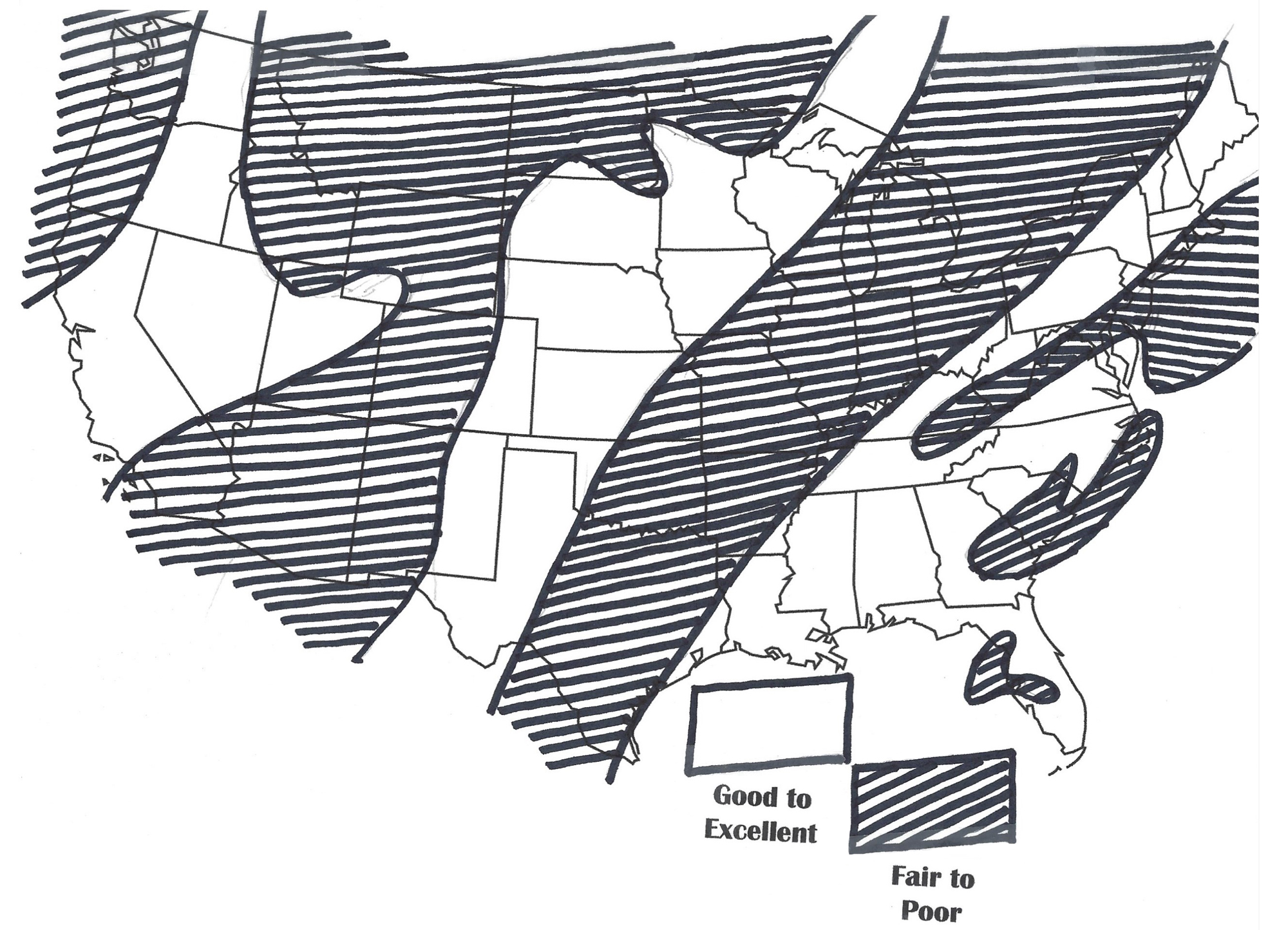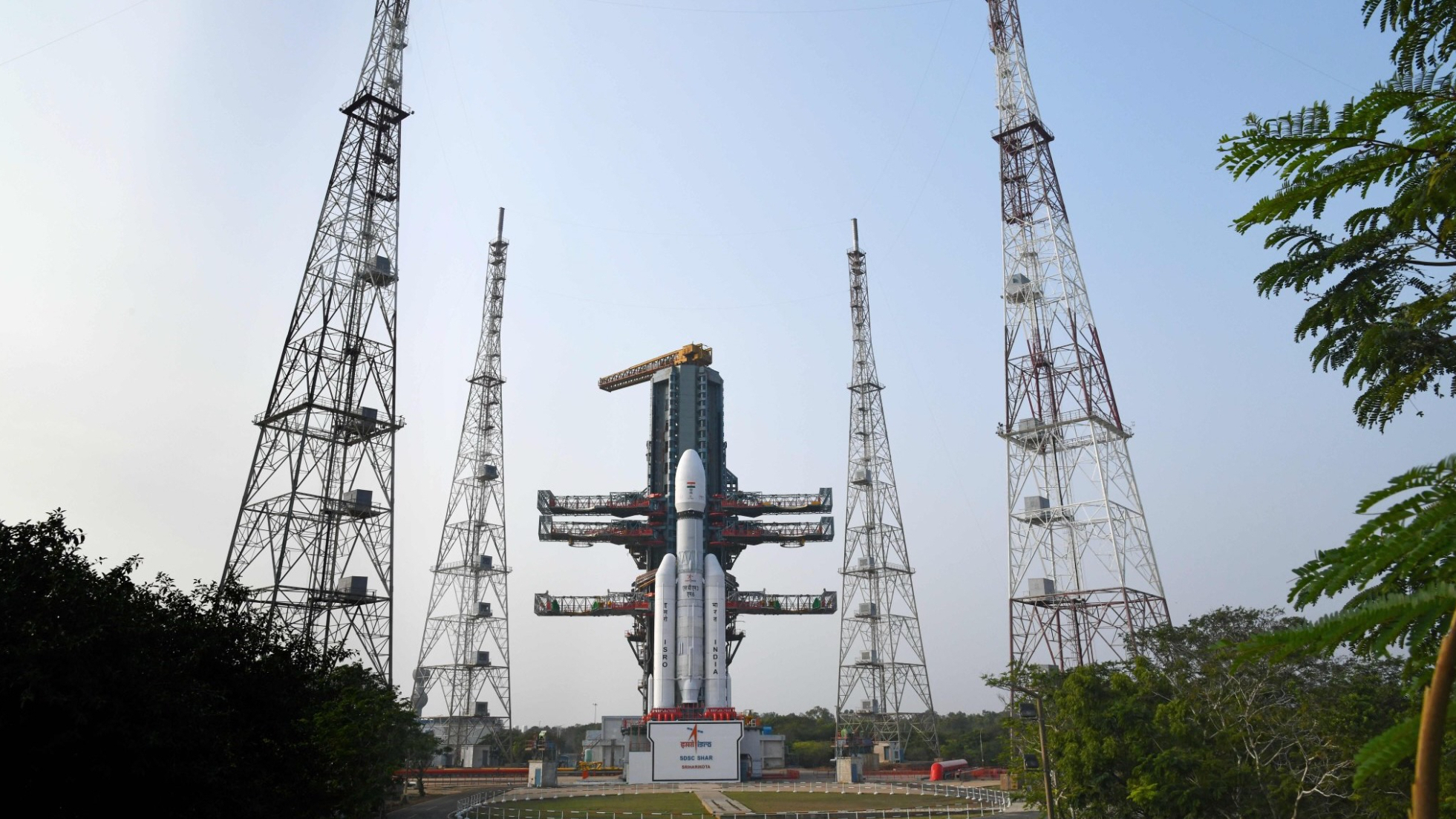Here's the US weather forecast for the Super Flower Blood Moon
What will the weather in your area be for observing Wednesday morning's total lunar eclipse? Unfortunately, three unsettled weather systems will likely adversely impact sky conditions for prospective eclipse watchers over the central and western sections of the United States.
A cold front draped from the Upper Peninsula of Michigan to the Panhandle of Texas will produce a broad swath of clouds, showers and a few strong thunderstorms from the central and eastern Great Lakes, the Ohio Valley and the southwestward down through the central and southern Plains. The heaviest rains are expected to fall over the Lower Peninsula of Michigan, Illinois and central Oklahoma.
Super Flower Blood Moon 2021: Where & when to see the supermoon eclipse
Webcast info: How to watch the supermoon eclipse of 2021 online



Meanwhile, a storm over central Wyoming will serve as a "meteorological swizzle-stick" and mix up a wide variety of weather with everything from showers and scattered thunderstorms over the easternmost section of Washington state, as well as Idaho and western sections of Montana and Wyoming. Over the highest terrain of central Idaho, as well as Montana and Wyoming there is even a chance of wet snow! The associated cold front will be responsible for cloudiness over much of Colorado, Utah, New Mexico, Arizona and southern California.
Finally, a new cold front approaching the Pacific coast will spread cloudiness inland across western Washington, Oregon and northern California.
Across parts of the Middle Atlantic and Southeast U.S., scattered-to-broken clouds, caused by increasing moisture could hinder views of the opening stages of the lunar eclipse before the moon sets. In those places specifically not mentioned, sky conditions should be good-to-excellent. Refer to our map to get a better idea as to where the best views may be obtained.
Be advised that there could be last-minute changes in the forecast. It is best to consult the National Weather Service Forecast Office in your region of the country to get more specific information.
Breaking space news, the latest updates on rocket launches, skywatching events and more!
Joe Rao serves as an instructor and guest lecturer at New York's Hayden Planetarium. He writes about astronomy for Natural History magazine, the Farmers' Almanac and other publications. Follow us on Twitter @Spacedotcom and on Facebook.

Joe Rao is Space.com's skywatching columnist, as well as a veteran meteorologist and eclipse chaser who also serves as an instructor and guest lecturer at New York's Hayden Planetarium. He writes about astronomy for Natural History magazine, Sky & Telescope and other publications. Joe is an 8-time Emmy-nominated meteorologist who served the Putnam Valley region of New York for over 21 years. You can find him on Twitter and YouTube tracking lunar and solar eclipses, meteor showers and more. To find out Joe's latest project, visit him on Twitter.

